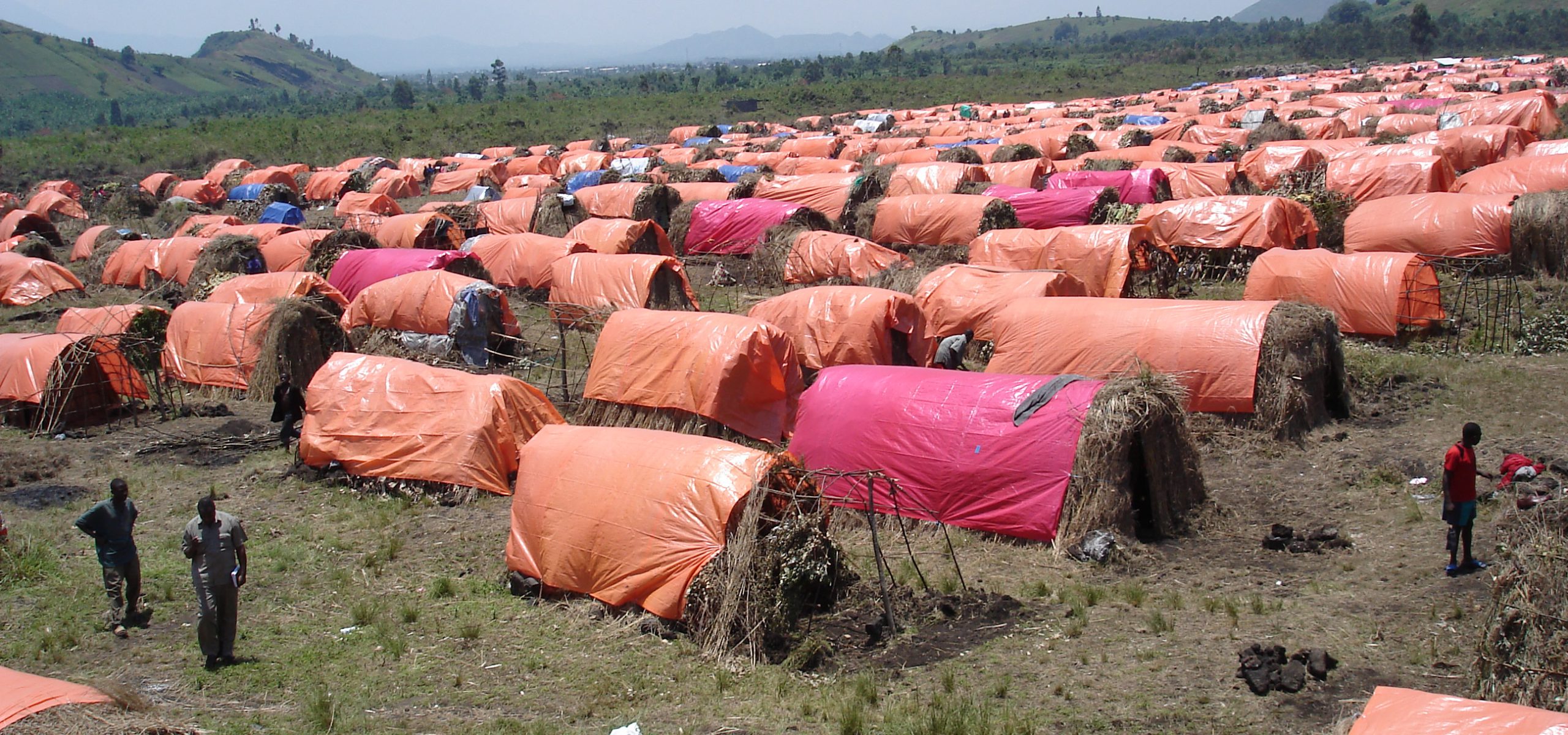Shelter and Settlements
Key environmental issues linked to shelter and settlements programming

Key environmental issues linked to shelter and settlements programming
Welcome to the online edition of the Disaster Waste Management (DWM) Guidelines. This section contains the relevant tools and general information for those who plan to deploy on disaster waste management missions and those dealing with disaster waste management. We recommend reading the Disaster Waste Management Guidelines…
The impact of Climate Change has already increased the insecurity of vulnerable communities in serval regions across the globe, including exacerbating the loss of livelihoods, food insecurity, competition over scarce resources, human mobility and political and economic instability.
The Disaster Waste Management Guidelines for Asia Pacific, published by the Japanese Ministry of the Environment, is developed to enhance preparedness for disasters by exchanging information, awareness and human resources during normal (non-hazard) times. The guidelines aims to provide a practical tool during a potential disaster as well as in…
The focus of the UNDP Guidance Note on debris management is to provide urgent post-crisis and post-disaster assistance. It offers practical advice to UNDP Country Offices on how to plan, design and implement short-term projects that effectively connects governments and communities in the process of assessment, clearance, recycling and management…
The UNDP Guidance note forms part of a series of UNDP's signature products that aims to respond and support early recovery in immediate crisis and post-crisis contexts with practical advice and guidance to UNDP Country Offices. The objective is to provide guidance on how to plan, design and implement projects…
QSAND is a self-assessment tool to promote and inform sustainable approaches to relief, recovery and reconstruction after a natural disaster.
The GRRT is a toolkit and training program designed to increase awareness and knowledge of environmentally responsible disaster response approaches.
The Sphere Minimum Standards for shelter and settlements are a practical expression of the right to shelter in humanitarian contexts. The standards are grounded in the beliefs, principles, duties and rights declared in the Humanitarian Charter. These include the right to life with dignity, the right to protection and security,…
Practical guidelines for environmentally responsible selection, sourcing, use and disposal of construction material.
This guidance accompanies the Environment Marker, and aims at giving specific guidance on mitigation measures for activities in “B”-coded projects (medium environmental impact). It provides additional sector-specific guidance, using the example of Sudan.
Northwest Uganda, examines the quantity and composition of biomass in the two refugee settlements and the buffer zone around them. It is based on an inventory that counted and identified every seedling and sapling and all standing trees on 234 circular plots and recorded their diameter at breast height (DBH),…
This document published by World Agroforestry details its initiative in Northern Uganda landscapes. The initiative focused on identifying potential tree-based approaches to protecting and restoring the ecoystem and assessing the enablers for fast-tracking ecosystem restoration in Rhino Camp and Imvepi settlements.
This briefing paper published by the Environment Community of Practice (ECoP) revolves around the provision of cash in the aftermath of crisis or during protracted displacement and potential impacts on the environment. The provision of cash can help people access the things they need such as food, shelter or energy.
A report conducted by the UNEP regarding the international expert mission to Japan targeting the management of post-disaster debris.
The guidelines for implementing Cash-for-Work Projects (CfW) in the waste management sector is an initiative of Caritas, Action Against Hunger and the Danish Refugee Council. They provide guiding principles and criteria for implementing cfW programs in the waste management sector as a means to achieve environmental goals and improve the…
Typhoon Haiyan…
Principles for environmentally responsible disaster recovery and reconstruction, developed by the World Wide Fund for Nature Environment and Disaster Management Program.
Guidance for using timber as a construction material in humanitarian response.
Sudan Crisis…
IFRC Green Response Project that aims at developing country profiles with a summary of the main environmental issues of concern for shelter and settlements practitioners, that can be used for preparedness or contextualised for informing sustainable response.
Sustainable shelter solutions applied in the Somalia Crisis…
IFRC’s Green Response seeks to save lives and reduce suffering without risking damage to the livelihoods, health and survival of affected people and improving the environmental outcomes of life-saving operations.
UN Habitat SHERPA is an easy to use self-evaluation tool for actors involved in the planning, design, construction and assessment of housing projects. SHERPA assesses housing projects, helping to improve sustainability across site selection, the design process, as well as the life cycle and recyclability of building materials used.
Project led by LSE Students which investigates the environmental issues associated with cash transfer programming.
A UNHCR report providing guidance and information regarding planned relocation in relation to disasters and climate change, with the aim to consolidate good practices and preparing for the future.